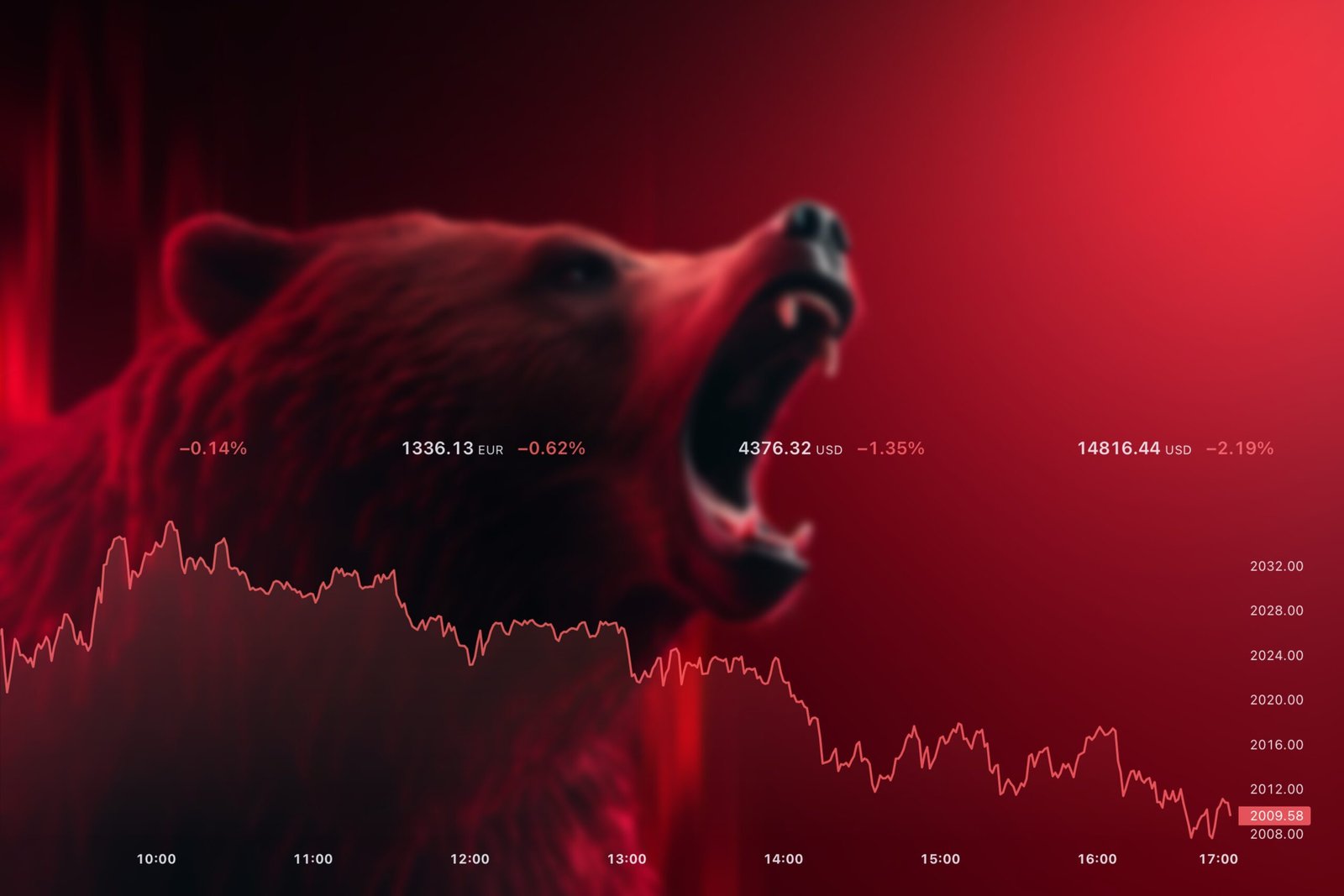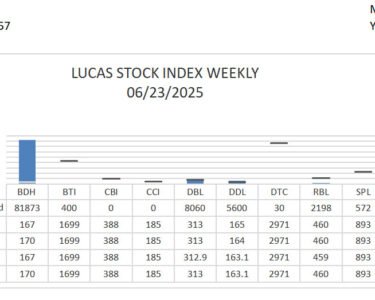US stock markets are under pressure as bond yields rise. The 30-year Treasury bond rate was in the thick of action, rising above 5%, while the 10-year yield also rose above 4.5%. Stock market investors are concerned about the rise in yields and leading to sell-off in the US stocks.
Rising yields suggest that investors are demanding higher returns to hold US government debt, mainly due to worries about the country’s long-term financial health.
These concerns grew after Thursday’s $16 billion auction of 20-year Treasury bonds, where the US government had to offer higher yields to attract buyers.
The recently passed federal budget, which contains tax cuts and higher defense expenditure, has fueled fears that the US national debt would climb even further. The impact of Trump tariffs is yet to play out in the economy. As a result, investors are reevaluating their strategy.
Normally, US government bonds are deemed ‘risk-free,’ allowing the government to borrow at lower rates. However, with higher yields available on these safe assets, many investors are moving their money away from equities into bonds.
This shift has already impacted the stock market, which is down about 1% since bond yields began climbing. Higher bond yields also point to rising interest rates, which can hurt consumers, businesses, and the broader economy.
“I wonder whether we could be getting close to the beginning of a classic ‘bonds break stocks, until stocks break so much that they fix bonds again’ cycle,” says Michael Brown, Senior Research Strategist at Pepperstone.
Some market analysts now expect the US Federal Reserve to intervene and change bank rules, notably the Supplementary Leverage Ratio (SLR), to relieve pressure and calm bond markets.
Also, keep an eye on the US dollar index; it’s back below 100 and looking weak at current levels.





